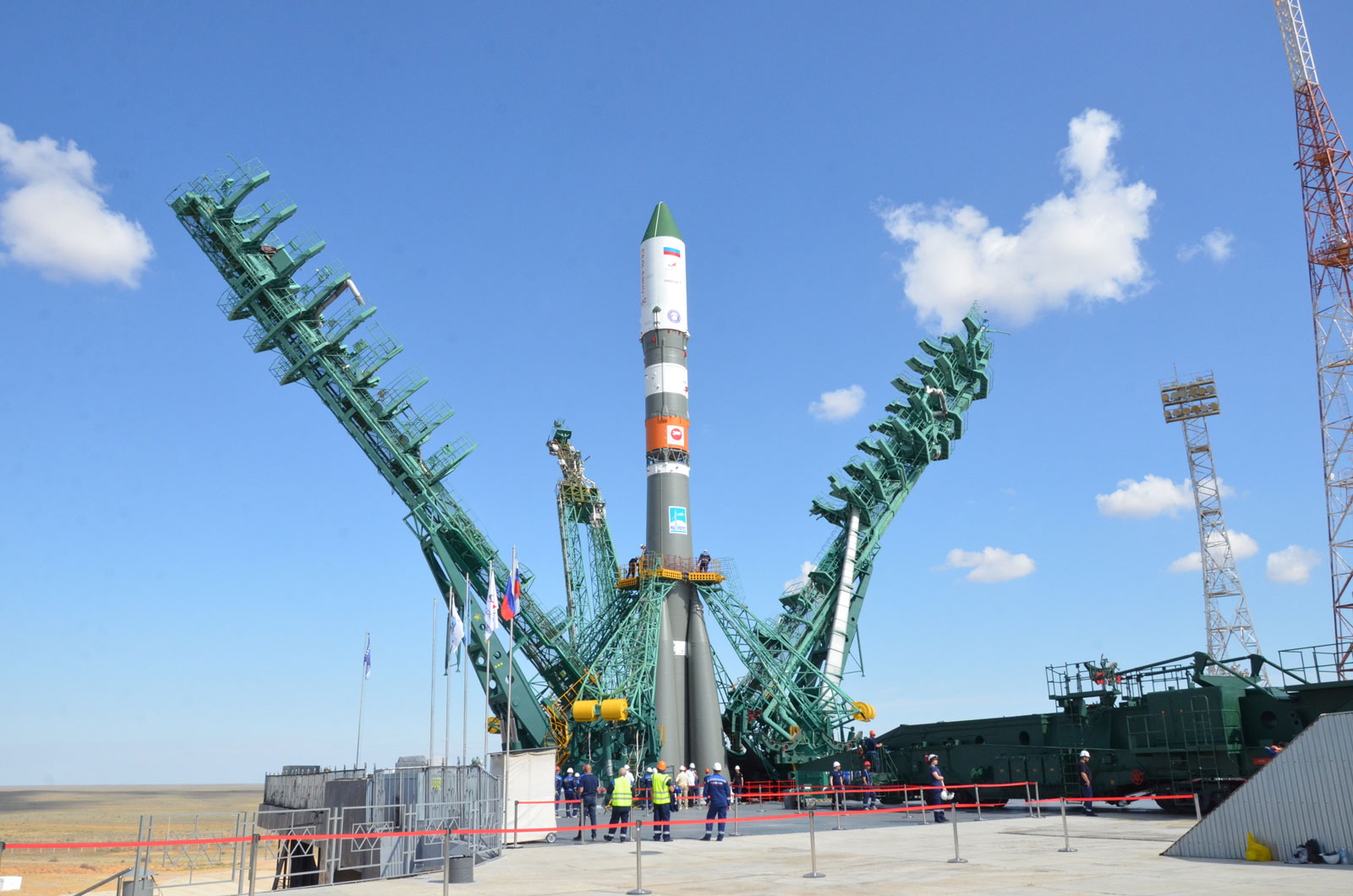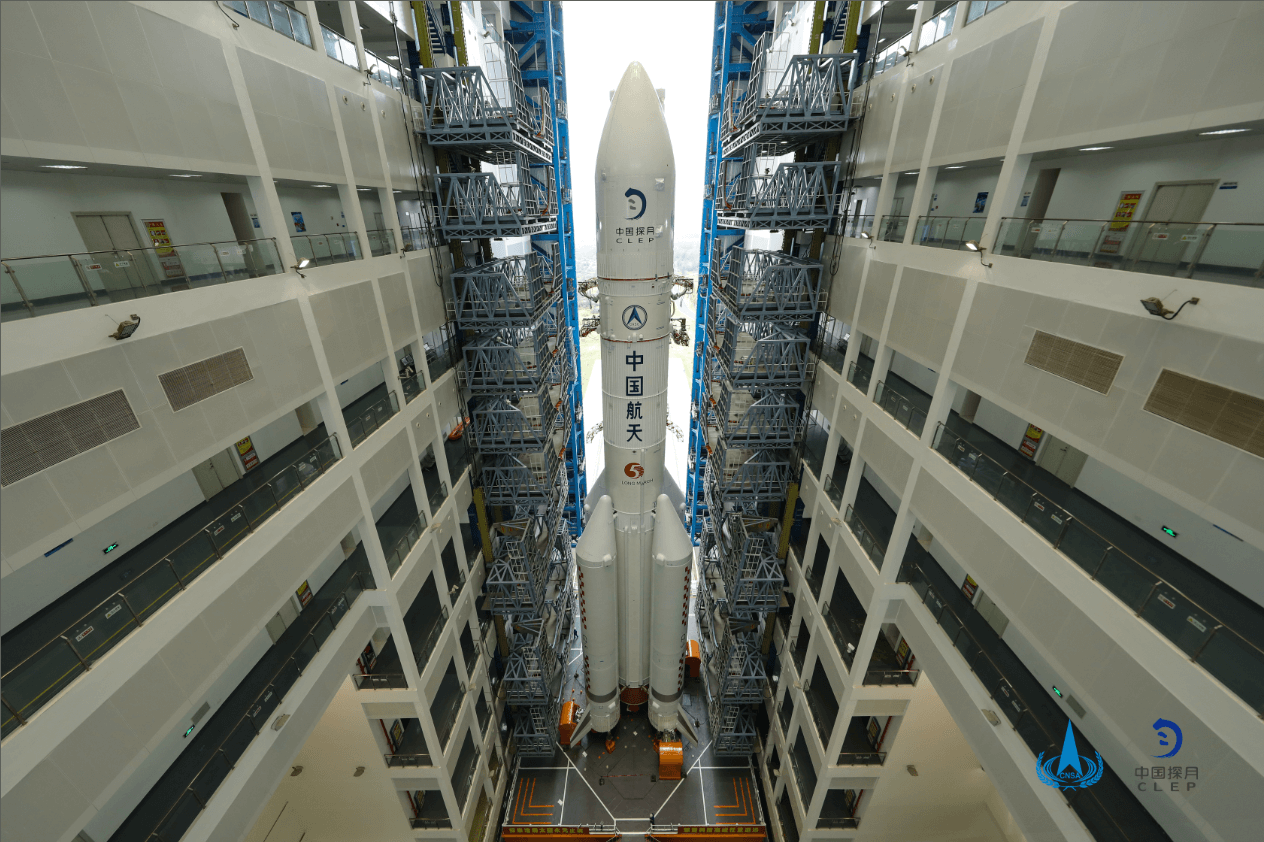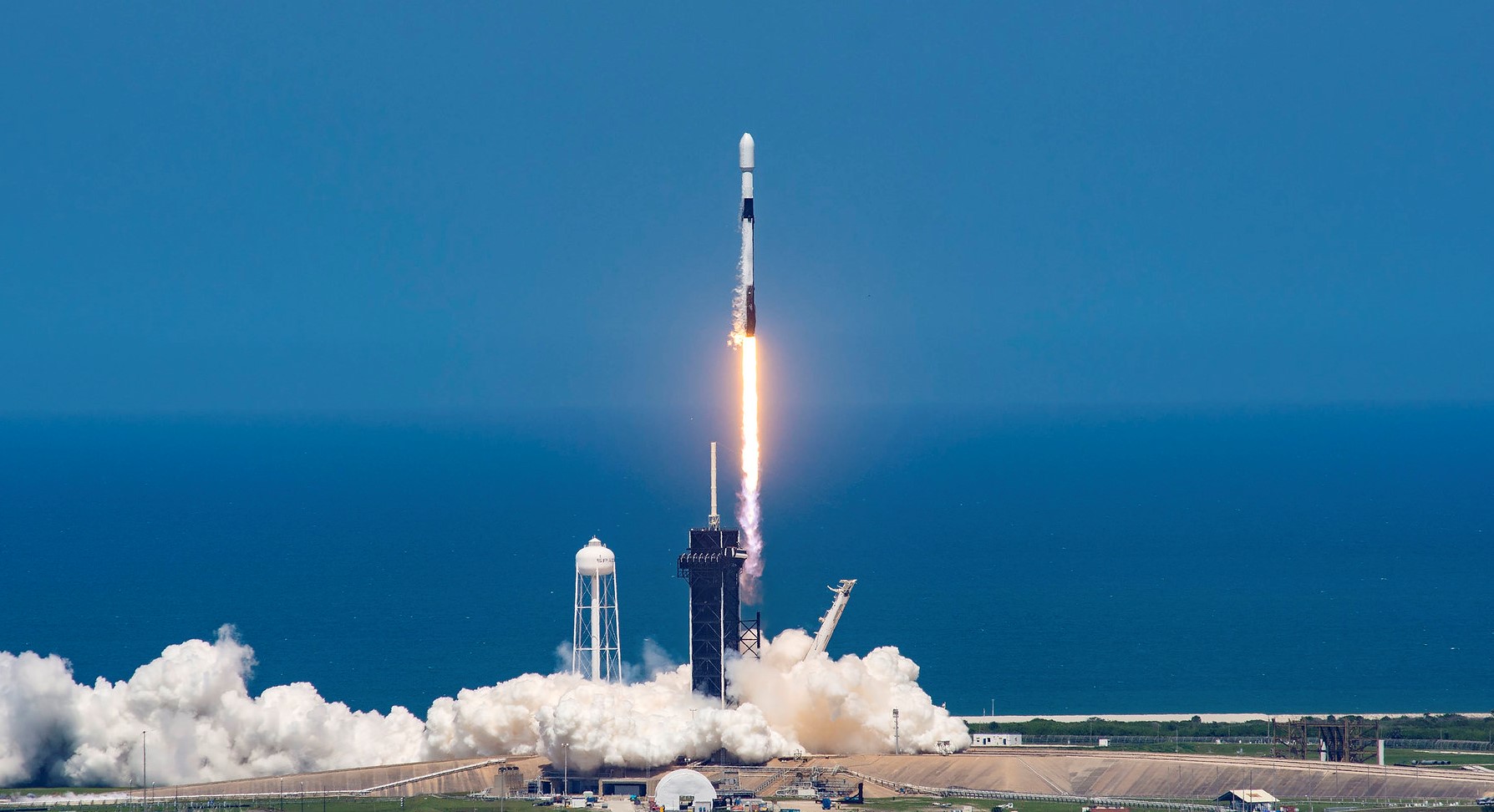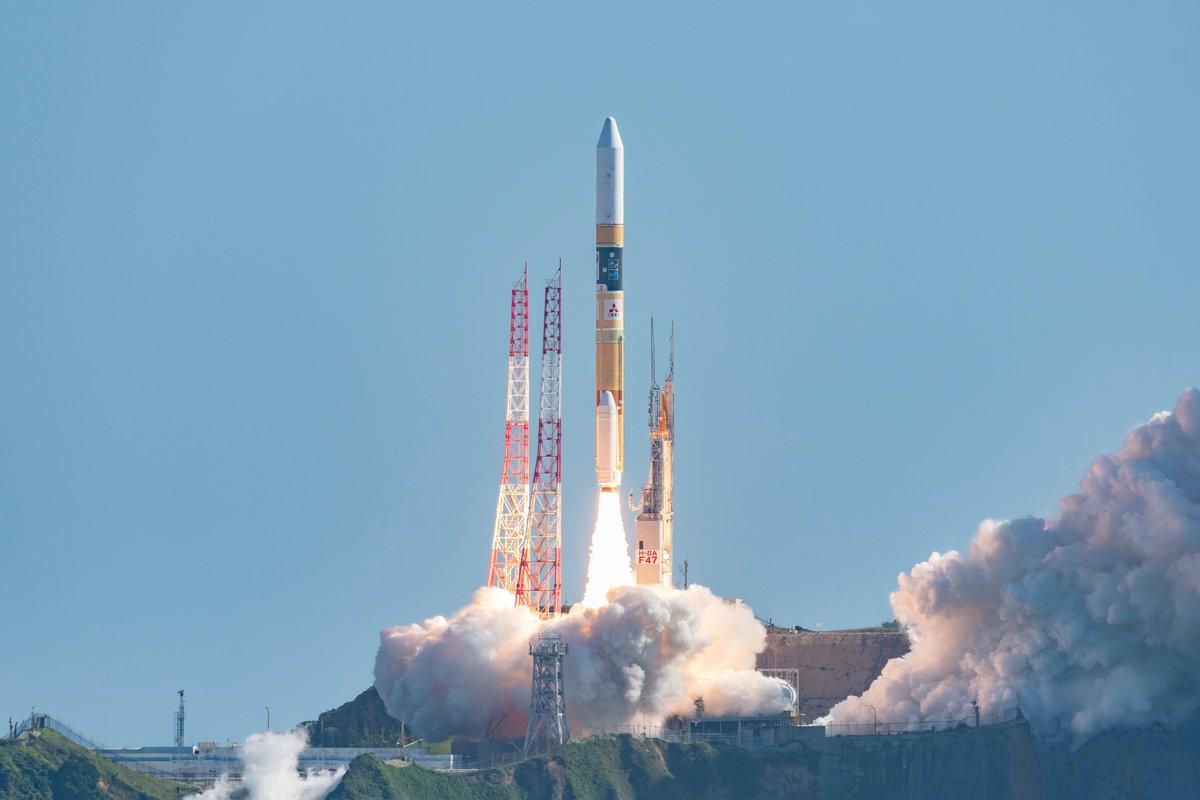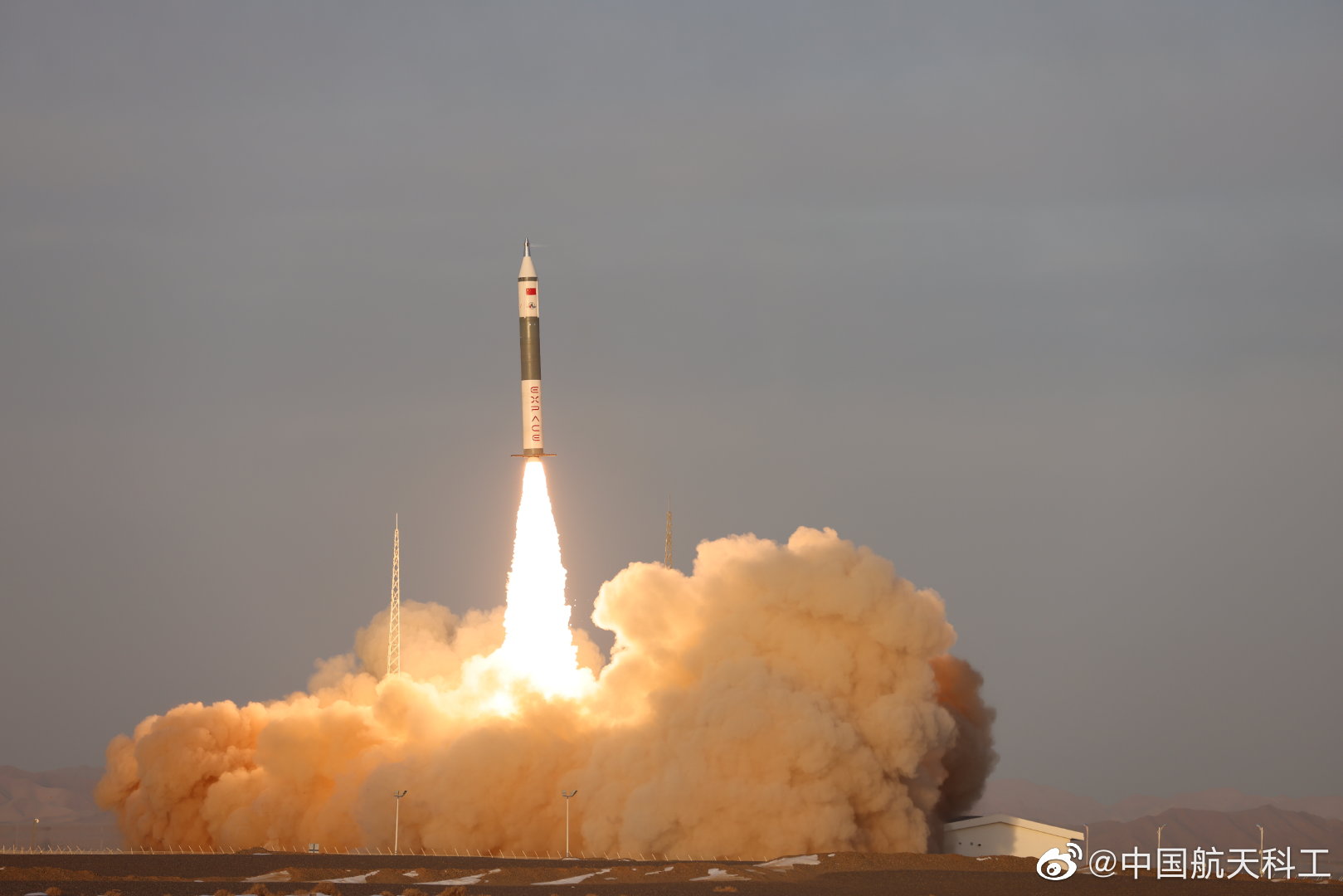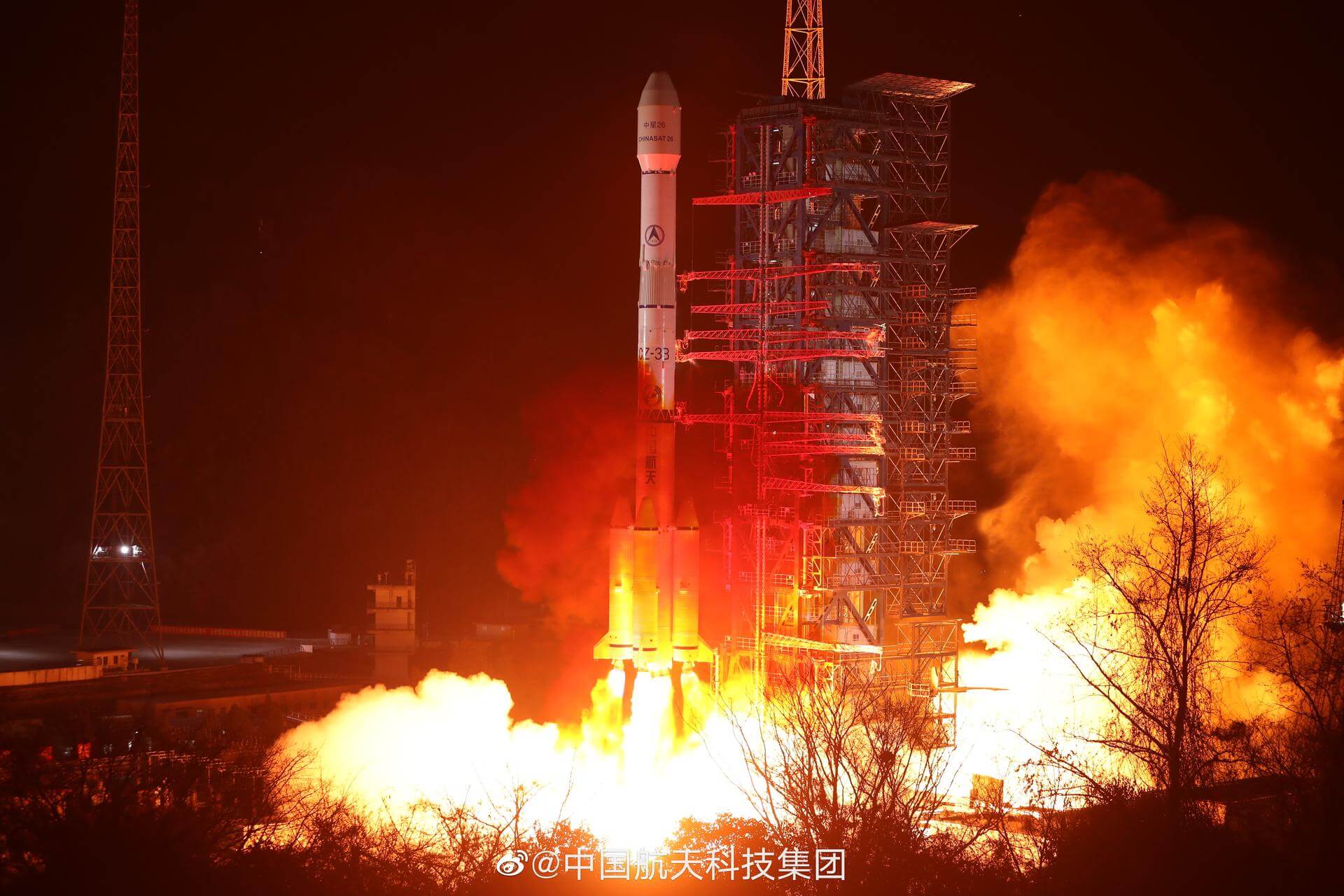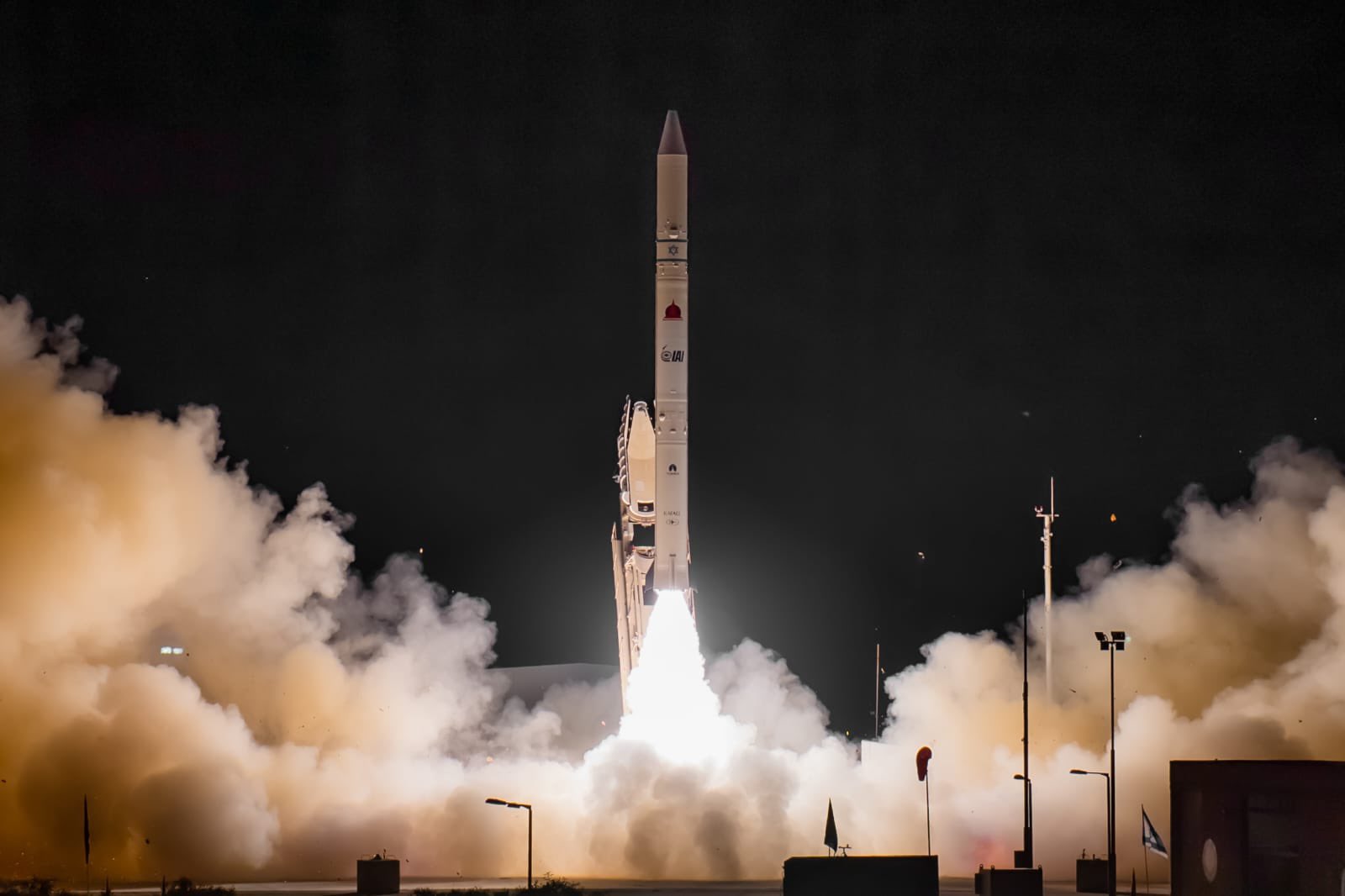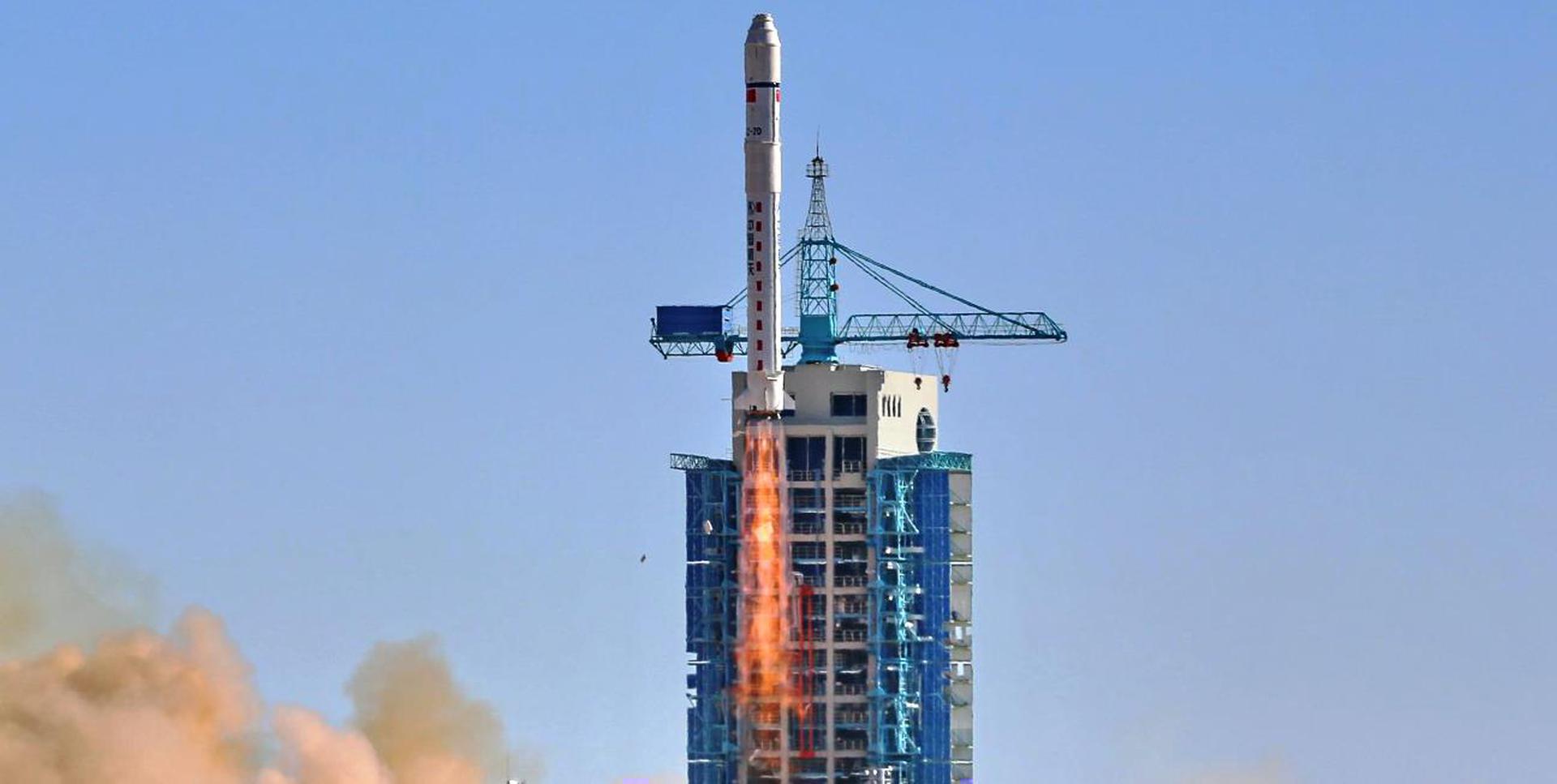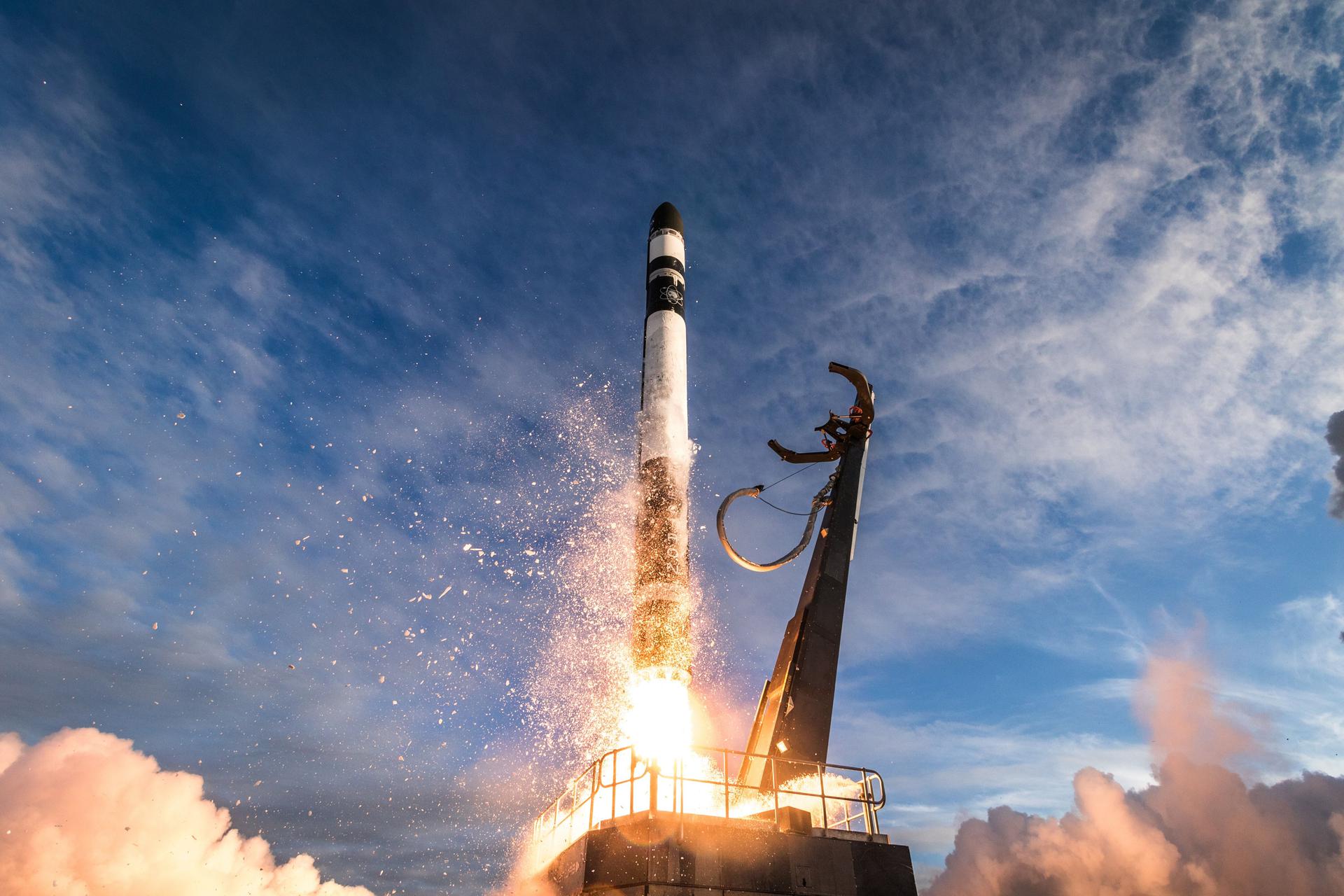Previous Spaceflight Launches
Filter by Agency, Locations or Vehicles
Show All LaunchesSoyuz 2.1a | Progress MS-15 (76P)
Progress Rocket Space Center | RussiaBaikonur Cosmodrome, Republic of Kazakhstan
July 23, 2020, 2:26 p.m.
Long March 5 | Tianwen-1 (Mars Global Remote Sensing Orbiter and Small Rover)
China Aerospace Science and Technology Corporation | ChinaWenchang Space Launch Site, People's Republic of China
July 23, 2020, 4:41 a.m.
Status: Launch Successful
Mission:
Tianwen-1 ("questions to heaven") Mars mission includes a Martian orbiter and a lander/rover duo. This will be China's first mission to Mars. The spacecraft will reach Mars in February 2021. Lander will remain attached to the orbiter for two to three months before attempting its landing. The chosen landing area is Utopia Planitia, a huge basin formed by a large impact far back in Mars' history. The rover is expected to be in operation for about 90 Martian sols. The Tianwen-1 orbiter will provide a relay communication link to the rover while performing its own scientific observations for one Martian year. The orbiter will operate in a polar orbit in order to map Mars' morphology and geological structure while also using the Mars-Orbiting Subsurface Exploration Radar instrument to investigate soil characteristics and water-ice distribution. It will also measure the ionosphere and the electromagnetic and gravitational fields, the new paper reported. The rover will have 13 instruments detecting things such as topography, soil, environment, atmosphere, water ice, physical field and internal structure. It will investigate the surface soil characteristics and water-ice distribution with its own Subsurface Exploration Radar. It will also analyze surface material composition and characteristics of the Martian climate and environment on the surface.
Heliocentric N/AFalcon 9 Block 5 | ANASIS-II
SpaceX | United States of AmericaCape Canaveral SFS, FL, USA
July 20, 2020, 9:30 p.m.
H-IIA 202 | Hope (Emirates Mars Mission)
Mitsubishi Heavy Industries | JapanTanegashima Space Center, Japan
July 19, 2020, 9:58 p.m.
Status: Launch Successful
Mission:
Hope Mars Mission, also known as Al-Amal, is UAE's first interplanetary space probe. It's an orbiter which will study Martian atmosphere and climate with the help of 3 science instruments: Emirates Exploration imager (EXI), Emirates Mars Ultraviolet Spectrometer (EMUS), and Emirates Mars Infrared Spectrometer (EMIR). These instruments were designed and built in collaboration with University of Colorado, University of California and Arizona State University. Hope is planned to arrive to Mars in February 2021 and has an expected lifetime of 2 years.
Heliocentric N/AMinotaur IV | NROL-129
Orbital ATK | United States of AmericaWallops Flight Facility, Virginia, USA
July 15, 2020, 1:46 p.m.
Kuaizhou 11 | Maiden Flight
ExPace | ChinaJiuquan Satellite Launch Center, People's Republic of China
July 10, 2020, 4:17 a.m.
Long March 3B/E | APStar-6D
China Aerospace Science and Technology Corporation | ChinaXichang Satellite Launch Center, People's Republic of China
July 9, 2020, 12:11 p.m.
Status: Launch Successful
Mission:
APStar-6D is a commercial communications satellite for APT Satellite Company Ltd under an end-to-end contract signed with China Great Wall Industry Corp. (CGWIC) for satellite production and launch services. It will deliver VSAT, video distribution, Direct-to-home television and cellular backhaul to the Asia-Pacific Region.
Geostationary Transfer OrbitShavit-2 | Ofek-16
Israel Aerospace Industries | IsraelPalmachim Airbase, State of Israel
July 6, 2020, 1 a.m.
Long March 2D | Chuangxin 3A (02)
China Aerospace Science and Technology Corporation | ChinaJiuquan Satellite Launch Center, People's Republic of China
July 4, 2020, 11:44 p.m.
Electron | Pics Or It Didn’t Happen (Rideshare)
Rocket Lab | United States of AmericaRocket Lab Launch Complex 1, Mahia Peninsula, New Zealand
July 4, 2020, 9:19 p.m.
Status: Launch Failure
Mission:
‘Pics Or It Didn’t Happen’ is the 13th mission for Rocket Lab. It was planned to deploy seven imaging small satellites to a 500km circular low Earth orbit for a range of customers including Spaceflight Inc.’s customer Canon Electronics, as well as Planet and In-Space Missions.
Sun-Synchronous Orbit